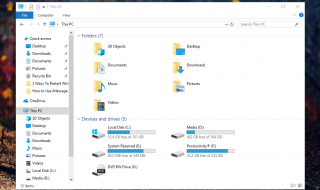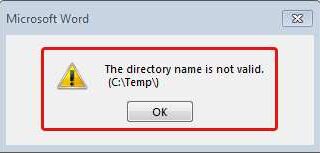Companies are constantly looking to develop new products or improve their current products. Before these can be placed on the market, they first have to be manufactured. Even before this step, the concept needs to be tested. Rapid prototyping services can help for this application. During the rapid prototyping process, multiple prototypes will be created of the new product. The prototypes will not be the actual product, but an early version of it. These can be used to test the concept of the new product. The rapid prototyping process generally consists of three steps, as you can see below. These steps are done over and over again until the final prototype and thus the end product has been created.

Step 1 – Prototype
In rapid prototyping it is important to understand the user requirements and expectations from the client. You should gather this information in about 2 to 3 meetings. After gathering all the requirements and expectations, you need to convert them into mock ups. Mock ups could be sketches for example, but low fidelity wireframes are possible as well. You could even create a mock up out of cardboard, it all depends on the product. The project demand also has an impact on how you will create the mock up. While you are creating a mock up, you need to take the user experience standards and the best practices into account.
Step 2 – Review
After a prototype has been created, you need to review it. In fact, you should not do this. You should instead share the prototypes with the clients and other stakeholders. These people are obviously extremely important, so their feedback and opinion in general is essential too. The prototype should reach their expectations and standards. On top of that, everything the clients and stakeholders require should be incorporated in the prototype. Often this is not the case, especially with your first prototype.
Step 3 – Refine and Iterate
In the second step you have received feedback from the clients and the stakeholders. As has already been mentioned, there is a high probability that the prototype needs to be changed and tweaked a bit. You should pitch on the key parts that need clarity and refinement. Afterwards, you need to iterate the whole prototyping process. Do this until you have created what the clients expect and want. It usually takes multiple iterations until the prototypes are finalized.



